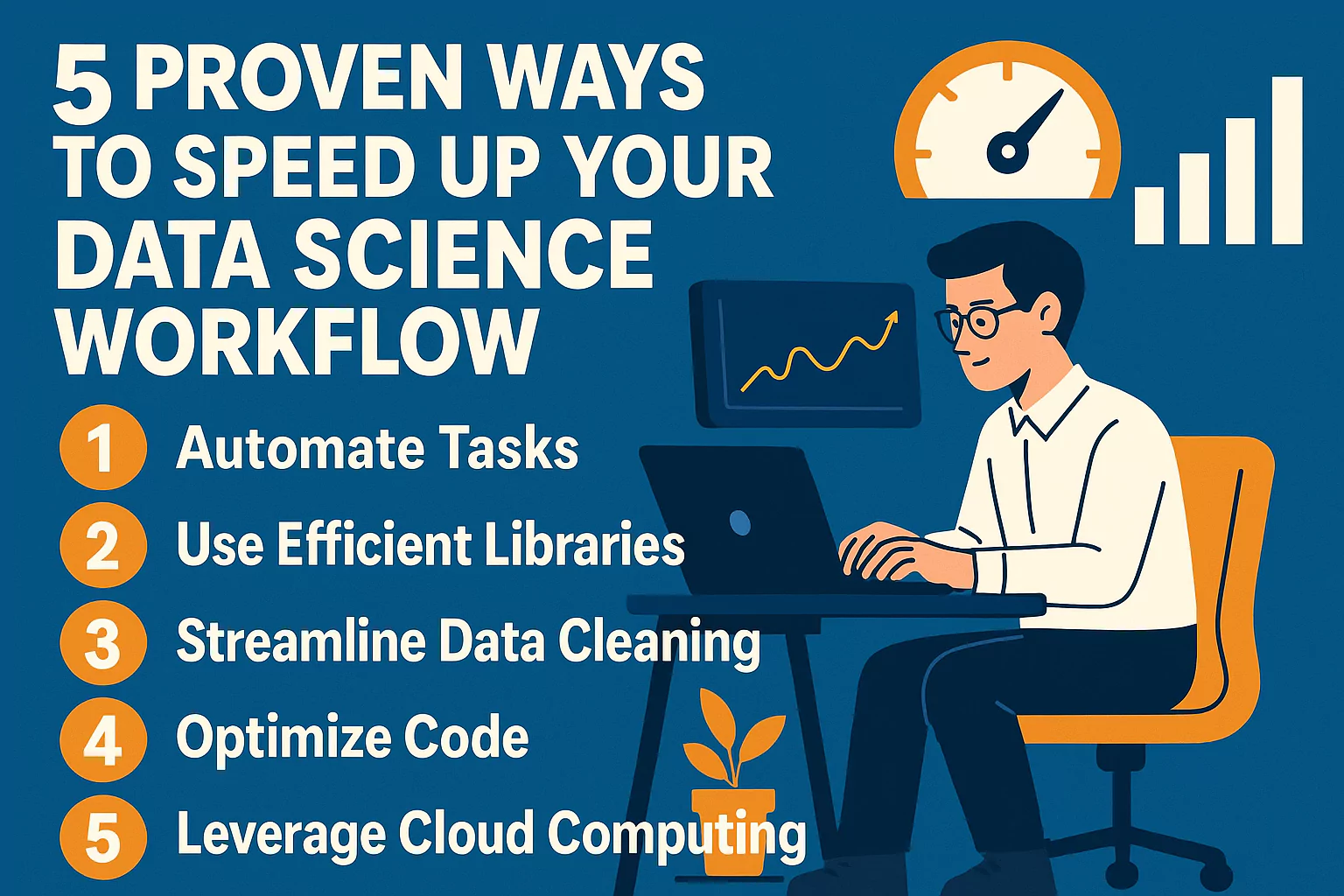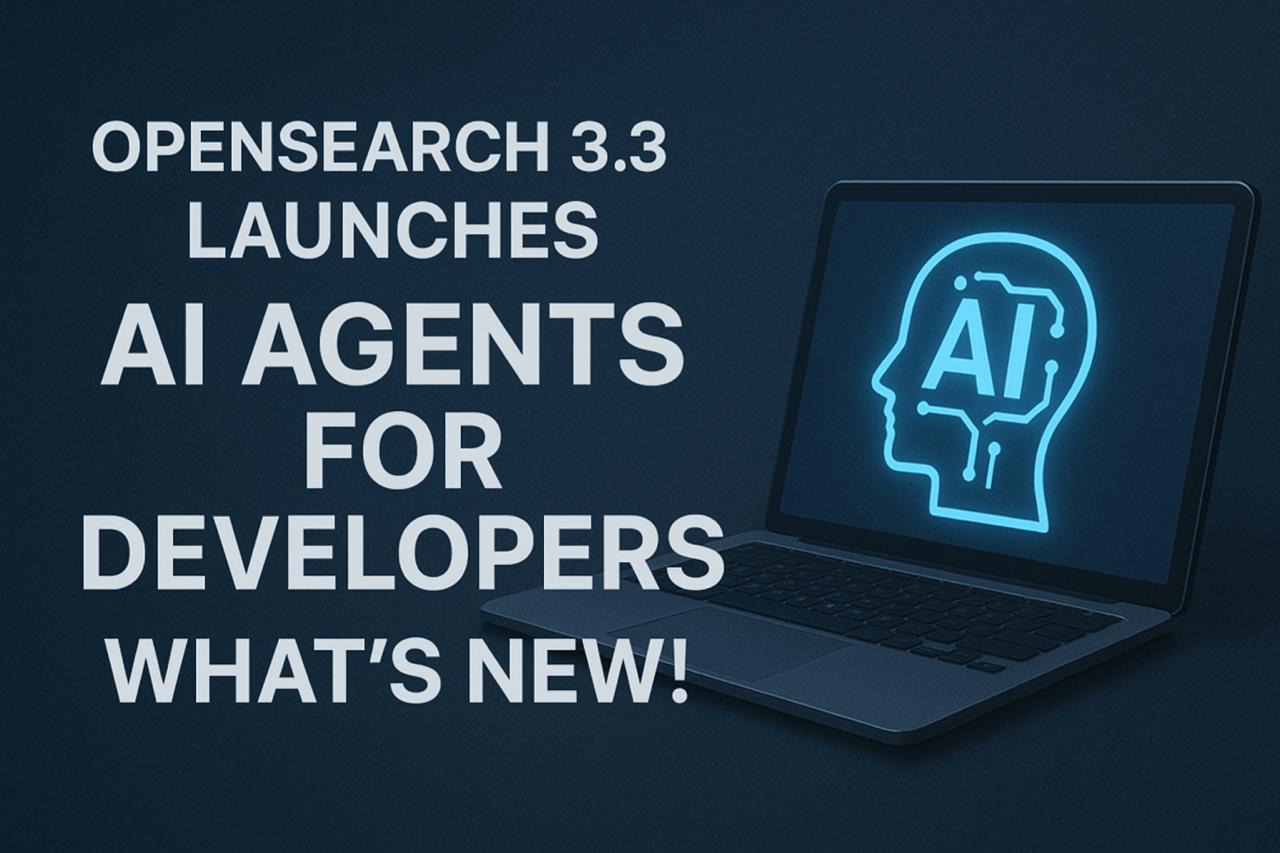5 Proven Ways to Speed Up Your Data Science Workflow

To speed up your data science workflow, focus on automating repetitive tasks, using efficient data handling libraries, adopting version control and reproducible environments, leveraging pre-built models and APIs, and optimizing code with parallel processing and profiling tools. By incorporating these practices, data scientists can save hours of manual effort, improve model performance, and deliver insights faster.
Why Speed Matters in Data Science
Data science is not just about creating complex models—it’s also about solving problems quickly and efficiently. In today’s data-driven world, businesses expect fast turnaround times for data-driven insights. A streamlined data science workflow not only boosts productivity but also reduces the time-to-deployment for predictive models, enhancing the overall decision-making process. Below are five proven strategies that help optimize your workflow without compromising quality or accuracy.
1. Automate Repetitive Tasks
Use Scripts and Notebooks
One of the biggest time sinks in data science is repetitive manual work—like data cleaning, transformation, or model evaluation. Automating these tasks using Python or R scripts, Jupyter Notebooks, or workflow automation tools like Apache Airflow can drastically reduce time spent on each project.
Create Reusable Pipelines
Tools like scikit-learn Pipelines, MLflow, or Kedro allow you to build reusable and modular workflows. Once created, these pipelines can be reused across different projects with minimal changes, improving both speed and consistency.
2. Leverage Efficient Libraries and Data Structures
Use High-Performance Libraries
Libraries like Pandas, NumPy, and Dask offer high-performance functions for manipulating data. For large-scale data, switching from Pandas to Dask or Vaex can help you process data in parallel and avoid memory issues.
Optimal Data Storage Formats
Use columnar data formats like Parquet or Feather instead of CSVs. These formats load faster and use less memory, especially with big data.
Smart Sampling
Instead of loading millions of rows during the exploratory phase, use stratified or random sampling techniques to work on a representative subset of the data. This drastically reduces processing time without sacrificing model accuracy.
3. Adopt Version Control and Reproducible Environments
Version Control with Git
Tracking changes in your codebase using Git ensures that you can revert or branch off safely. It also facilitates collaboration, which is vital for enterprise-scale projects.
Use Environment Management Tools
Tools like Conda, Docker, or virtualenv allow you to replicate the same development environment across systems. Docker, in particular, ensures that your code runs identically in development, testing, and production.
Reproducible Research with Notebooks
Using tools like JupyterLab extensions or Papermill, you can parameterize and automate notebooks to produce consistent results. This is essential for production-level data science.
4. Utilize Pre-trained Models and APIs
Save Time with Transfer Learning
Pre-trained models in TensorFlow Hub, PyTorch Hub, or Hugging Face can drastically reduce training time, especially in NLP and computer vision tasks. Fine-tune them on your dataset rather than building models from scratch.
API Integration
You can speed up complex processes like sentiment analysis, image recognition, or language translation by integrating APIs from providers like OpenAI, Google Cloud ML, or AWS Sagemaker. These tools deliver high-quality results instantly and are easily accessible.
5. Optimize and Profile Your Code
Code Profiling Tools
Use tools like line_profiler, memory_profiler, or cProfile to identify bottlenecks in your code. Profiling helps you understand where your program is slow or inefficient.
Parallel Processing and Vectorization
Leverage parallel computing using libraries like Joblib, Dask, or multiprocessing to speed up CPU-intensive tasks. Also, write vectorized operations with NumPy instead of loops to make your code cleaner and faster.
Reduce Data Movement
Minimize I/O operations and unnecessary conversions between formats (e.g., DataFrame to list to array). Each transformation adds overhead and can slow down your workflow.
Bonus Tips: Collaborative Tools and Documentation
Use Collaborative Platforms
Tools like Google Colab, Deepnote, or Databricks allow teams to work together in real-time, speeding up both development and review cycles.
Write Clear Documentation
Always document your code and pipeline steps. Future you (and your teammates) will thank you when revisiting the project weeks or months later.
Conclusion
Speeding up your data science workflow doesn’t require cutting corners—it requires working smarter. By automating repetitive tasks, adopting efficient tools, leveraging existing solutions, and optimizing performance, you can increase output, reduce errors, and focus more on impactful analysis. Whether you’re a beginner or a seasoned pro, these strategies can help you go from data to insights faster and more reliably.









